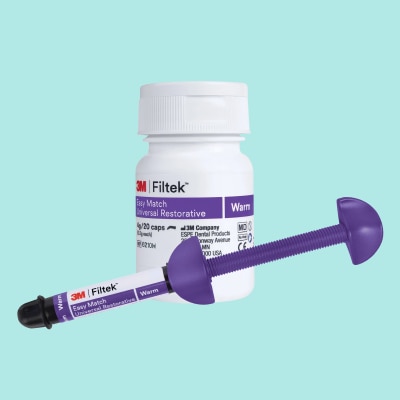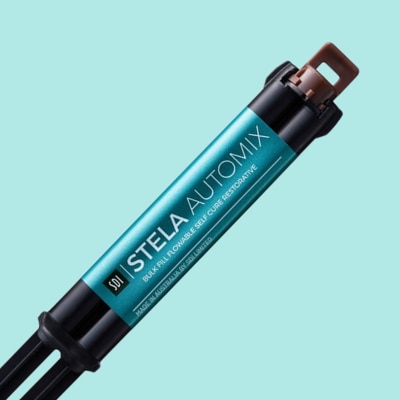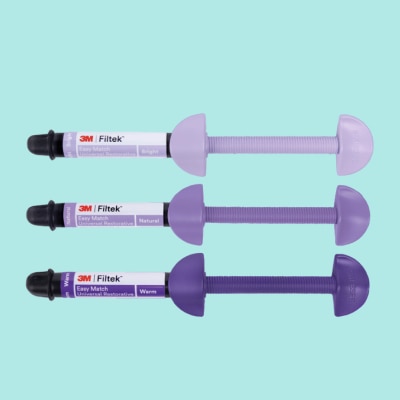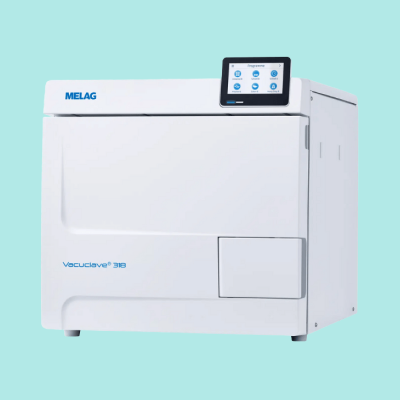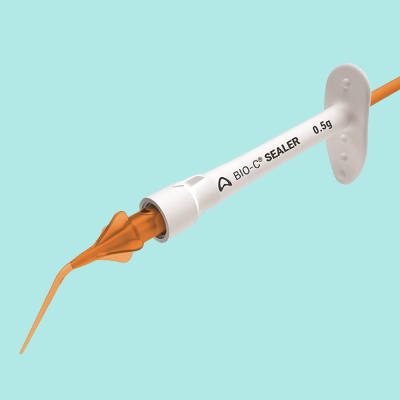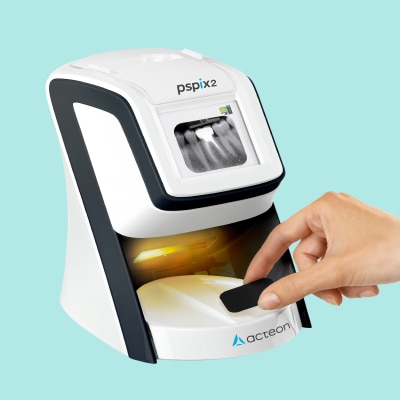Importance of Having a Defibrillator at a Dental Practice
According to the British Heart Foundation, there are over 30,000 out-of-hospital cardiac arrests (OHCA) every year in the UK. With many dental patients medically vulnerable, ensuring you have an automated external defibrillator (AED) in your practice is crucial for protecting your patients.
What is a Heart Attack?
What is an automated external defibrillator (AED)?
An automated external defibrillator is a life-saving device that can save help the life of someone who has suffered a cardiac arrest. All AEDs come with deliberator pads that can be placed on a casualty's chest to diagnose the rhyme of their heart.
If the person's heart has stopped beating normally, this can lead to ventricular fibrillation, where the heart muscles quiver instead of contracting in a coordinated way. The AED is able to detect treatable ventricular fibrillation, and will then deliver a shock which allows the body's natural pacemaker to re-establish a proper rhythm.
Defibrillator machines can be either semi-automatic or fully automatic. Semi-automatic AEDs have a button that is used to trigger a shock if required. Fully automatic AEDs automatically deliver the shock if required following diagnosis.
Defibrillators are fully portable and easy to use. Most modern-day AEDs have step-by-step audio and visual instructions on how to use them.
Does my Dental Practice need a Defibrillator?
According to guidance from the Resuscitation Council UK, all clinical areas should have immediate access to an AED. This is supported by the Standards and Guidance of the General Dental Council (GDC).
The definition of clinical areas includes not only operating rooms, but also rooms in which patients are seen by a hygienist or therapist.
Why are AEDs so important?
According to St John Ambulance, every year approximately 55 out of every 100,000 people experience an out-of-hospital cardiac arrest, with most occurring in the home or workplace.
In 7 out of 10 cases, CPR is attempted by a bystander. In less than 1 out of 10 cases, an AED is reported as being used.
Time is a major factor in saving a patient’s life. If a defibrillator is used within the first minute of a cardiac arrest, the survival rate can be as high as 90% (source: Risk Assessment Products). If it is used within the first 3-5 minutes, the survival rate is 74%. Overall, fewer than 10% of people survive a sudden cardiac arrest, so defibrillators can make a huge difference (source: British Heart Foundation).
What does a heart attack look like?
It’s important to recognise the symptoms of a heart attack. Symptoms can vary from person to person. The British Heart Foundation suggest you look for the following:
- Sudden pain or discomfort in the chest that doesn’t go away
- Pain that spreads to your left or right arm, neck jaw, back or stomach. For some people the pain or tightness is severe, while for others it’s uncomfortable. It may feel like heaviness, or a burning pain similar to indigestion
- Feeling sick, sweaty, light-headed or short of breath
- Call 999
- Get the patient to sit and stay calm
- If the patient is not allergic to aspirin, give 300mg aspirin
- Use the defibrillator and administer CPR if you are trained and confident to do so
Please see the BHF website for further information.
How do I use an automated external defibrillator?
Defibrillators are easy to operate and can be used by anybody. Almost all machines now come with voice instructions and visual guides to take you through each step of the rescue.
Staff should be trained to ensure they are familiar with the device and therefore can act quickly in emergencies. They should also learn how to perform CPR. The Resuscitation Council UK recommends that: "Staff should undergo regular training in the management of medical emergencies to a level appropriate to their expected clinical responsibilities."
There are first aid courses aimed specifically at dental professionals that cover AEDs and CPR, such as this fully online course from ProTrainings. You should always use a regulated training provider who follows the latest UK resuscitation guidelines. These guidelines can change, so it’s important that training is kept up to date
Can AEDs be used on children?
Most defibrillators can be used on children over the age of 1. However, for children aged 1-8 or weighing under 25kg, the Resuscitation Council UK recommends that paediatric AED pads should ideally be used to reduce the shock.
AEDs are not recommended for children under the age of 1, however can be considered with the use of paediatric pads should only a defibrillator be available.
Defibrillator Maintenance, Storage and Disposal
All defibrillators located in your practice should have appropriate signage and be easy to access in an emergency. AEDs are commonly stored in a cabinet or wall bracket. Daily checks can be carried out on AEDs to ensure they are always ready for use. You will find that most AEDs perform automatic self-tests on a daily, weekly and monthly basis. Most AEDs have a built-in alert system that will beep should the battery be running low and need replacing.
It is important to regularly make sure that both battery and pads are still in date. Defibrillator pads are designed for single use, and should be disposed of after use. Batteries should be recycled separately, and electrode wires disposed of as infectious waste if used.
At Kent Express we stock the HeartSine Samaritan defibrillator range. Tried and tested, HeartSine are pioneers of AED technology.
- Only defibrillator manufactured in the UK
- Compact and light
- IP Rating 56 - most durable defibrillator on the market
- Conforms to the Medical Devices Directive 93/42/EEC
- Carry case and cabinet included
- Unique combined pad and battery pack (one expiry date to monitor)
- Online certificate BLS/CPR and AED training for 2 delegates
- Patented CPR feedback technology greatly increases the chances of a successful resuscitation (500P AED Defibrillator)
What else to look out for when buying an AED
Other features to consider when purchasing a deliberator include:
- Inclusion of a wall cabinet and carry case
- LED display screen for visual instructions
- High level of protection from dust and water
- Real-time CPR feedback to let the rescuer know of the effectiveness of their CPR
Kent Express Recommendation

HeartSine Samaritan Pad 350P Semi Auto Defib

HeartSine Samaritan Defibrillator Adult Pad-Pak
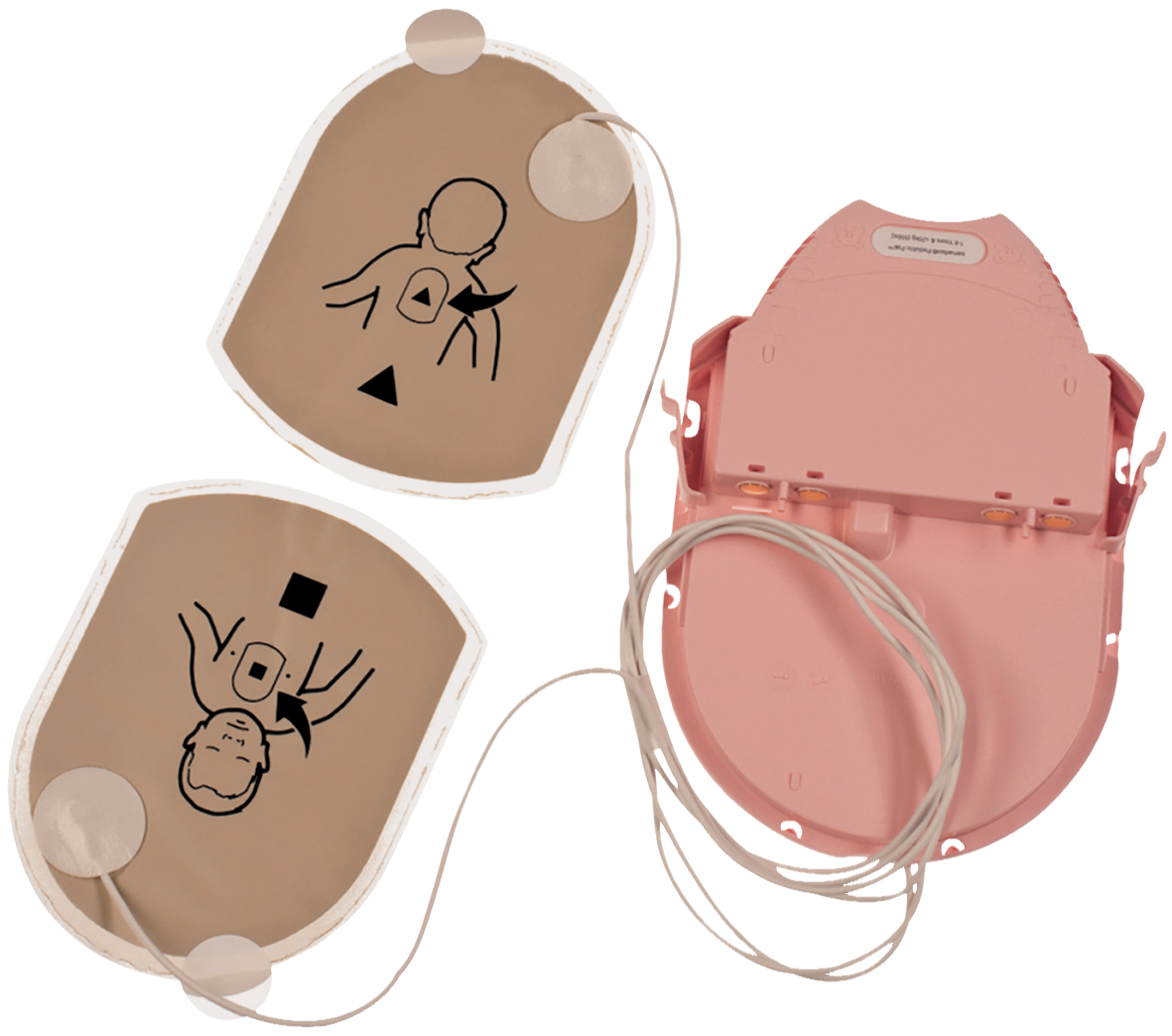
HeartSine Samaritan Defibrillator Child Pad-Pak

HeartSine Samaritan 500P Semi Automatic Defibrillator with CPR Advisor Bronze Pack inc.Wall Cabinet

HeartSine Samaritan 350P Semi-Automatic Defibrillator Bronze Pack includes Wall Cabinet
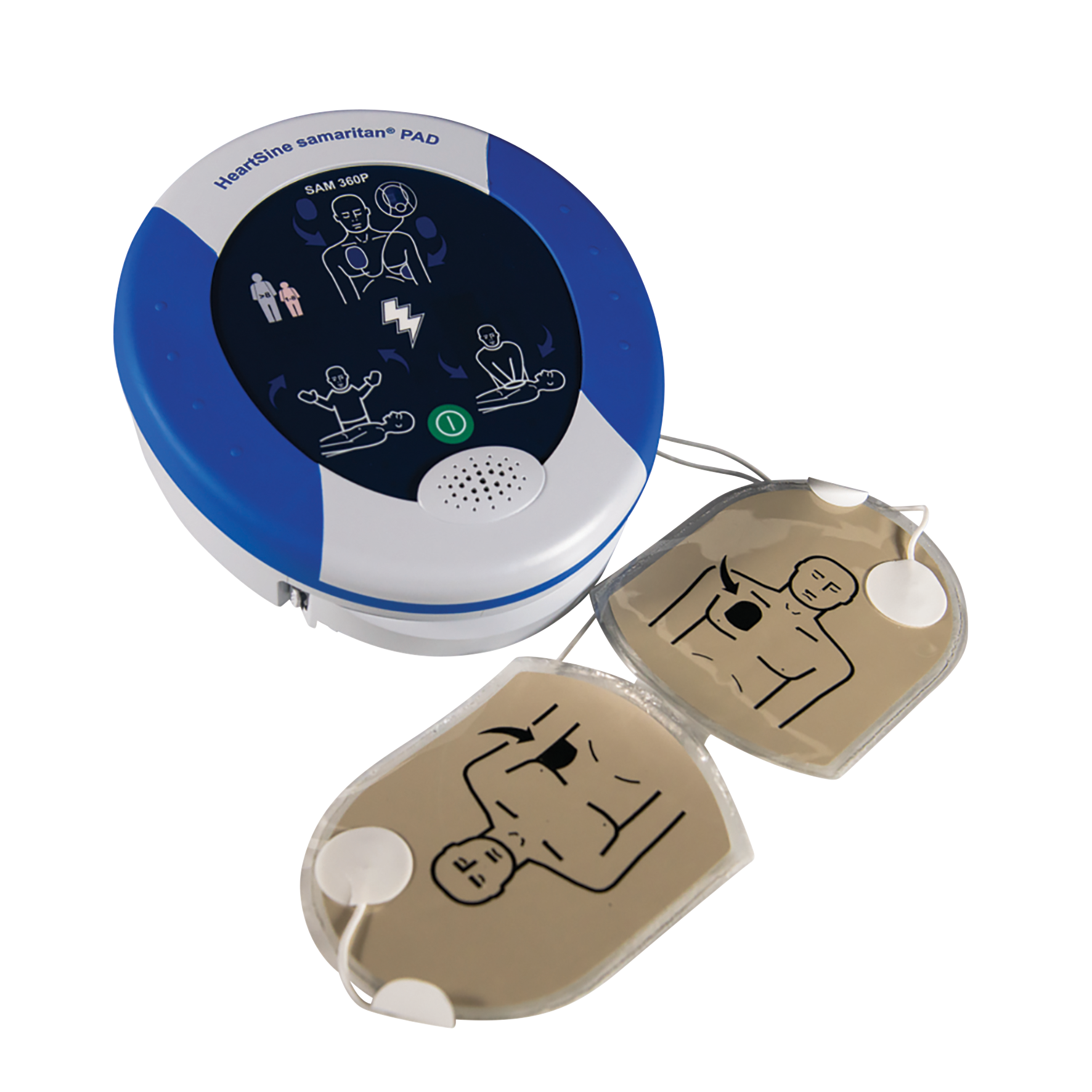
HeartSine Samaritan 360P Fully Automatic Defibrillator Bronze Pack includes Wall Cabinet
Kent Express Recommendation

HeartSine Samaritan Pad 350P Semi Auto Defib

HeartSine Samaritan Defibrillator Adult Pad-Pak

HeartSine Samaritan Defibrillator Child Pad-Pak

HeartSine Samaritan 500P Semi Automatic Defibrillator with CPR Advisor Bronze Pack inc.Wall Cabinet

HeartSine Samaritan 350P Semi-Automatic Defibrillator Bronze Pack includes Wall Cabinet




